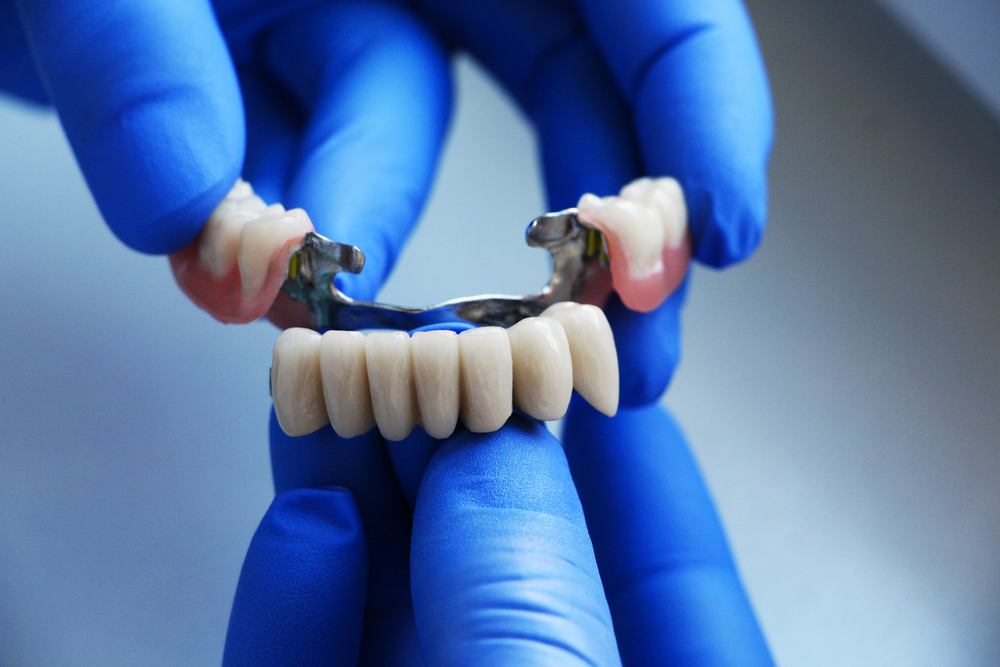
BRIDGES
When a tooth is missing, the replacement options can range from an implant, a bridge, or a partial denture

A bridge is usually recommended when the teeth on both sides of a missing tooth already need crowns. It can be a cost-effective solution because it replaces the missing tooth while restoring the neighboring teeth at the same time.
One drawback of a bridge is that you must thread floss underneath it, which makes cleaning more difficult. The greater concern, however, is that if one of the supporting teeth fails, the entire bridge must be removed and replaced. Because flossing is harder, bridges have a higher risk of failure compared to single crowns. Another limitation is that both neighboring teeth must be crowned, even if they were otherwise healthy. When possible, replacing a missing tooth with an implant is usually the better long-term option.
FAQ’S
The treatment plan varies from patient to patient. In general, if the teeth next to the missing one are healthy and there is enough bone for an implant, an implant is the preferred option. However, if the adjacent teeth have large or failing fillings, cracks, or existing crowns—and there isn’t sufficient bone for an implant—then a bridge becomes the recommended treatment.
Yes, there are: Traditional Fixed Bridges, Cantilever Bridges, Maryland Bridges, and Implant-Supported Bridges
An implant-supported bridge is the ideal option when three adjacent teeth are missing and there is sufficient bone to support the implants.
The dental implant bridge process requires several visits to complete. After placement, it’s normal to feel slight pressure or discomfort on the nearby teeth, but this usually fades quickly as your mouth adjusts.
On average, it can take between a few days and a week.
It improves both dental aesthetics and health. It allows for preserving your natural teeth and resolving your concerns about missing teeth.
